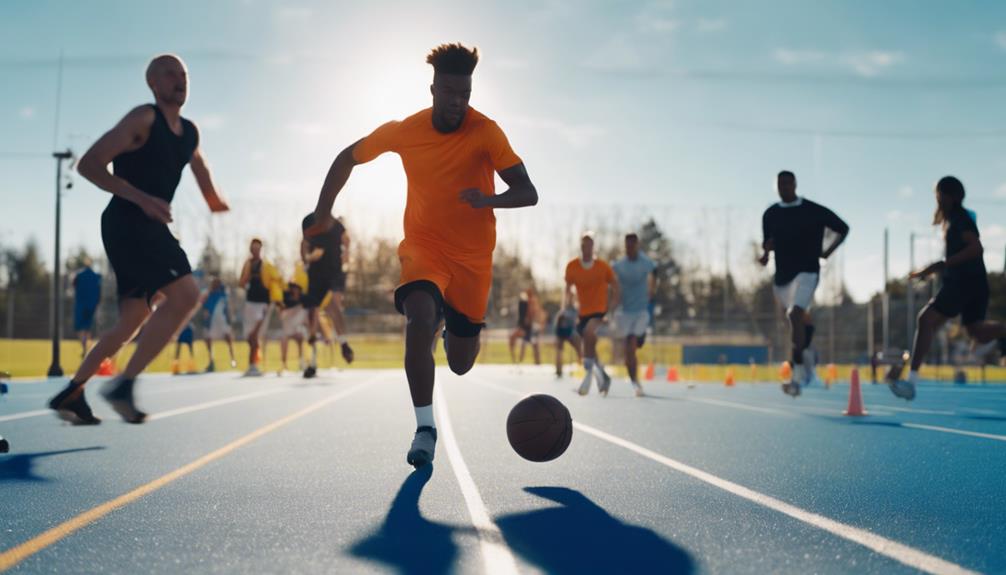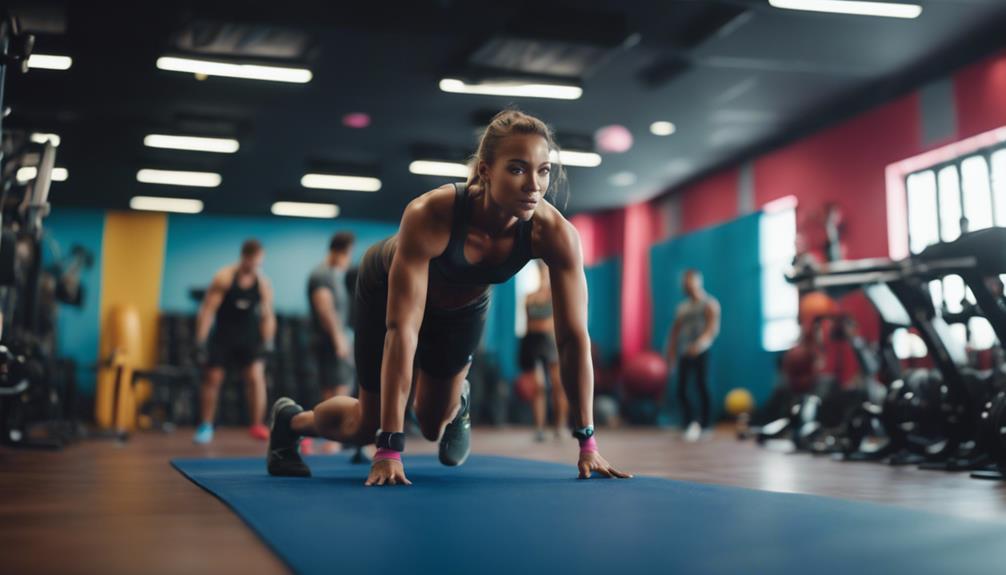
When it comes to strength training, understanding the different types of exercises can greatly impact your workout routine and overall progress. One exercise that often sparks debate is the Romanian Deadlift, or RDL. Are RDLs a compound exercise? Dive into this article to unravel the intricacies of RDLs, their classification, and how they can benefit your fitness journey.
What Are RDLs and Why Should You Care?
Romanian Deadlifts (RDLs) are a popular lower-body exercise primarily focused on strengthening the hamstrings, glutes, and lower back. Unlike traditional deadlifts, RDLs emphasize a hip hinge movement, allowing for deeper engagement of the posterior chain. This means you’re not just lifting weight; you’re enhancing your functional strength and stability. If you’re looking to improve your athletic performance or simply want a more toned backside, RDLs could be your new best friend.are lat pulldowns a compound exercise
Incorporating RDLs into your training can also help correct muscle imbalances and improve your overall posture. By focusing on the muscles along your posterior chain, RDLs can counteract the effects of a sedentary lifestyle, where the hip flexors may become tight and the glutes may become under-utilized. So, if you care about maintaining a strong and balanced physique, RDLs should definitely be on your radar.
Understanding Compound vs. Isolation Exercises
In the world of resistance training, exercises are typically categorized into two types: compound and isolation. Compound exercises involve multiple joints and muscle groups working together. Think of movements like squats, bench presses, and, yes, deadlifts—these exercises engage several muscles simultaneously, offering a more comprehensive workout experience.
Isolation exercises, on the other hand, target a specific muscle group and generally involve a single joint movement. Bicep curls and leg extensions are classic examples. They’re great for honing in on specific areas but don’t provide the same level of functional strength development that compound exercises do. Understanding this distinction can help you design a more effective training program tailored to your goals.
Breaking Down the RDL: Form and Function
The RDL is all about the hip hinge. To perform it correctly, start by standing with your feet hip-width apart and a slight bend in your knees. As you lower the weight, push your hips back while maintaining a flat back and keeping the barbell or dumbbells close to your body. This movement not only builds strength but also improves flexibility in the hamstrings and lower back.
Proper form is crucial to avoid injuries and maximize the effectiveness of the exercise. Many people make the mistake of using their lower back instead of the hips to lift the weight, which can lead to strain. Focusing on the hip hinge and ensuring your spine stays neutral will allow you to reap the full benefits of the RDL.
Are RDLs Really a Compound Exercise?
So, are RDLs truly a compound exercise? The answer is a bit nuanced. While RDLs primarily target the hamstrings and glutes, they also engage the lower back, core, and even the upper body to stabilize the weight. This multi-joint engagement supports the classification of RDLs as a compound movement, as they effectively work several muscle groups in unison.
However, some fitness enthusiasts categorize RDLs as a hybrid exercise, given their specific emphasis on the posterior chain. Regardless of the label, what matters most is that RDLs provide significant strength training benefits and should be incorporated into any well-rounded fitness routine.
The Muscles Targeted by RDLs Explained
When you perform RDLs, several key muscles are activated. The primary movers are the hamstrings and glutes, which work hard to extend the hips during the lift. But it doesn’t stop there! The erector spinae, which runs along your spine, also plays a crucial role in maintaining proper posture throughout the movement.
Moreover, your core muscles are engaged for stabilization, preventing your back from rounding and ensuring that you lift safely. Even your forearms and grip strength come into play as you hold the weights, making RDLs an effective full-body movement—even if the focus is primarily on the lower body.
Comparing RDLs with Other Compound Movements
In comparison to other compound exercises like squats or traditional deadlifts, RDLs have a distinct focus and execution. Squats engage the quads and glutes more heavily, while traditional deadlifts also involve the entire posterior chain but from a different angle. RDLs specifically isolate the hamstrings and glutes while allowing for a greater range of motion in the hip joint.
Adding RDLs to your routine complements these other compound movements, providing a balanced approach to lower-body strength. Each exercise plays a unique role, and when combined, they can lead to improved overall fitness and performance.
Common Misconceptions About RDLs Debunked
One common misconception is that RDLs are just another form of deadlifts. While they share similarities, RDLs have a specific focus aimed at improving hip hinge mechanics, making them a valuable addition to any athlete’s training arsenal. Another myth is that RDLs are only for advanced lifters. In reality, beginners can benefit from this exercise by learning proper hip hinge mechanics, which can improve their performance in other lifts.
Some also believe that RDLs are only suitable for strength training and cannot aid in hypertrophy or muscle growth. However, when performed with the right weight and volume, RDLs can indeed promote muscle growth while improving overall strength. Understanding these misconceptions can help you integrate RDLs more effectively into your routine.
How to Properly Perform RDLs for Best Results
To get the most out of your RDLs, start with a manageable weight to master the form before progressing. Stand tall with your feet hip-width apart and a slight bend in your knees. Grasp the barbell or dumbbells with an overhand grip, and keep them close to your body as you hinge at the hips. Lower the weights until you feel a stretch in your hamstrings, typically just below the knees, and then push through your heels to return to the starting position.
Always remember to engage your core and maintain a neutral spine throughout the movement. Avoid rounding your back and ensure that your shoulders are pulled back and down. By focusing on form first, you’ll set yourself up for success and reap all the benefits that RDLs have to offer.
Benefits of Including RDLs in Your Workout Routine
Incorporating RDLs into your workout offers several benefits. First, they target the often neglected muscles of the posterior chain, helping to build strength and improve muscle balance. Strengthening these muscles can also enhance your performance in other exercises, making RDLs a foundational component of any strength training program.
Additionally, RDLs can help improve your flexibility, particularly in the hamstrings and lower back. This can lead to better movement efficiency and reduced risk of injury in other activities. Plus, they can easily be modified with different weights or variations, making them suitable for all fitness levels.
In conclusion, RDLs are not just another exercise; they are a powerful tool in your fitness arsenal. Understanding their role as a compound movement and the muscles they target can help you appreciate their importance in a well-rounded workout routine. Whether you’re aiming for strength, muscle growth, or better functional fitness, incorporating RDLs can take your training to new heights. So grab those weights and give RDLs a shot—you may find they become one of your favorite exercises!





